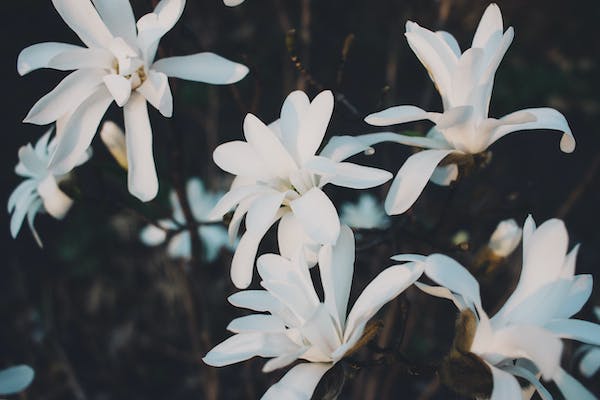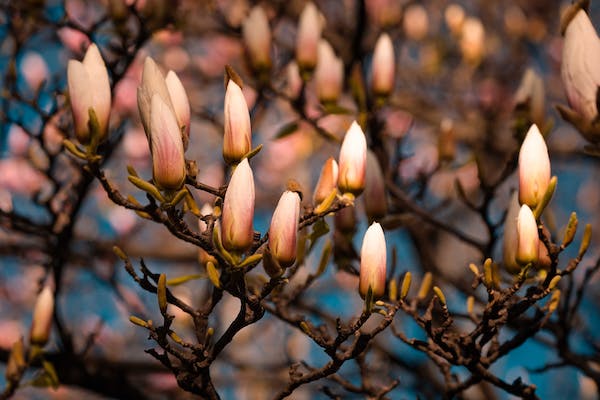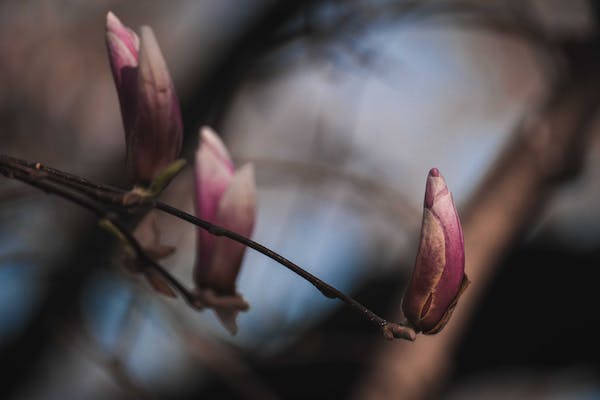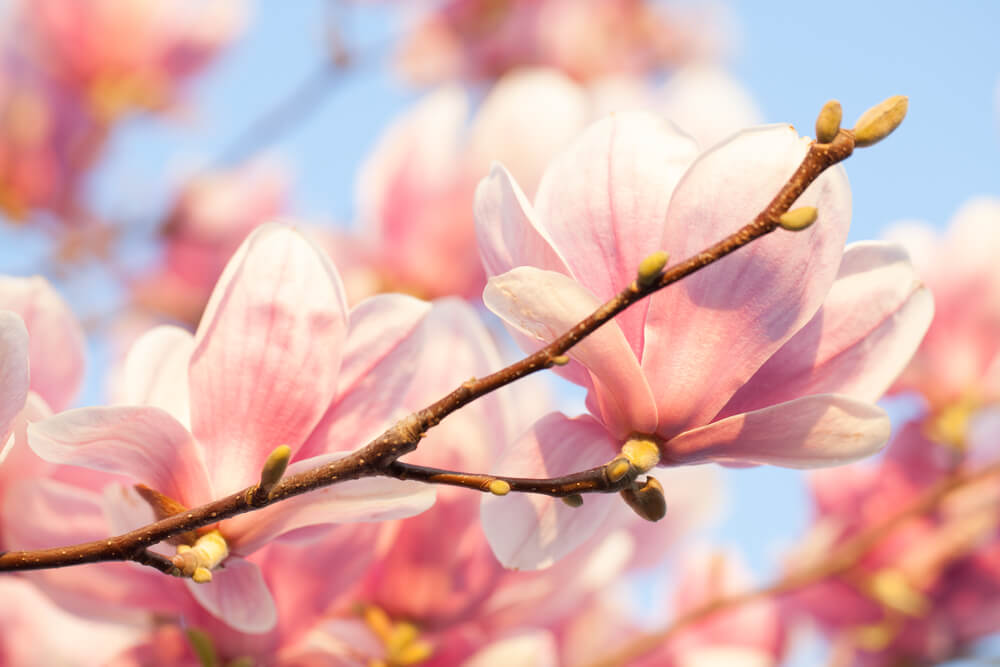Magnolia flowers offer splendid blooms every spring season. And these spectacular trees can survive different climates embellishing your yard with their beauty.
With their spontaneous blooming, you always anticipate splendid spring blooms at the right time. Not until, for some reason, they suddenly disappoint you by closing up this season.
Which begs the question, why do magnolia flowers close up?
Before we explore these reasons, let’s learn more about magnolia flowering.
The Flowering Period for Magnolia
Magnolias are early bloomers that open up every year. Some varieties, like Magnolia Stellaria (star magnolia), unfold in early March. Magnolia x soulangeana (Tulip magnolias) and Magnolia liliifolia (purple magnolias) bloom in May.

Some varieties start blooming in late winter or late spring. The evergreen southern magnolia, for example, is known to bloom from late spring into summer. Others even bloom two times a year.
Flowering can last about two to three weeks when there’s no frost interference. These flowers bloom in pink and white hues that fill the whole place with radiance.
When Magnolia Flowers Don’t Bloom
There are plenty of reasons that make magnolia flowers close up. These include:

The Weather
Various issues can make magnolia flowers not open up, and the weather is one of them. When talking about the weather, what comes to mind is frost.
Frost is often a localized phenomenon that causes buds to freeze and close up during winter. Some magnolia varieties are very frost sensitive and will react to the weather by refusing to open up.
Frost damage causes magnolia buds to blacken. To ensure no further damage occurs, you have to ensure your magnolias stay warm. Use garden fleece and burlap to provide warmth.
Magnolia buds are often at the weather’s mercy during fall as they wait to open in spring. For instance, if the buds open prematurely due to warm winter weather, it’s highly likely to lose them when normal winter sets in.
Real magnolia flowers cannot withstand wintry conditions, but unopened buds will.
Pruning Time and Technique
If you pruned your magnolia trees before flowering, you likely removed their buds. It is recommended to prune them after they flower. Make the cuts while the magnolias are young and still small.
How did you prune your flowers? Only cut off a few branches at a time or extend the cuts to the trunk or stem. This is also important because, as you may not know, magnolias are quite susceptible to shock, especially if you overdo it. They’ll require ample time to recover.
If you pruned them too early and too much, this could be why your magnolia flowers close up.
Root Damage

Root damage can affect your magnolia’s flowering. In most cases, magnolias whose roots are damaged often bloom less.
You can also affect their rooting system by digging around your magnolia’s root zone, damaging the feeder roots, and minimizing the flower’s nutrient intake. Diseases and insects are the main causes of root damage.
Root rotting can occur due to excessive water. It can help if you ensure the soil is not constantly wet to prevent root rot.
Thrips Invasion
Thrips are tiny insects that feed on magnolia flower buds. These stubborn thrips can be treated using pesticides in light doses at intervals to control the spread.
Lack of Ample Sunlight
Planting your magnolias in excessive shade will make them grow poorly with very few flowers. Their health gets compromised, causing them to produce droopy foliage and stunted shoots.
During hot and dry summers, your magnolias will thrive well when supplied with six hours of sunlight daily.
However, too much sunlight exposure in a hot climate can damage the foliage and flowers of magnolia species that open up in summer.
Using Too Much Fertilizer
Giving your magnolias too much fertilizer can adversely affect their blooms. Fertilizer supplies potassium, phosphorous, and nitrogen.
Potassium enhances their overall strength and health, while phosphorous builds root and flowering strength. Nitrogen promotes the overall leaf and shoots growth to ensure radiant blooms.
Increasing your magnolia’s nitrogen will enhance its green growth, but the flowering will drastically reduce. When you balance your fertilizer with potassium, phosphorous, and nitrogen in equal amounts, your magnolias will open up and bloom right on time.
The Wrong Soil PH
Magnolias thrive in low soil pH. They need acidic soil to grow, flower and survive. Any soil pH below 5.0 and above 6.5 can lead to deformed and discolored foliage, stunted growth, and close-up.
Doing a soil test will help you determine the PH level of your soil and grow your magnolias in a conducive environment.
Autumn Drought
Magnolias require a lot of water, especially when blooming. Their leaves have thick leaves that need a constant supply of water. When the autumn remains dry, the plant will use the little available water to grow and not reproduce. That’s why they’ll remain closed up.
In Conclusion
There are various reasons for magnolia flowers to close up. But there are plenty of measures you can take to encourage blooming. It helps to find out the specific reasons for closing up and take the best actions to help your magnolias get their health back and bloom.














